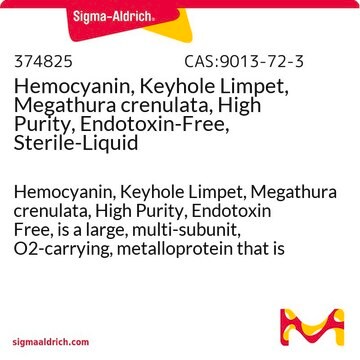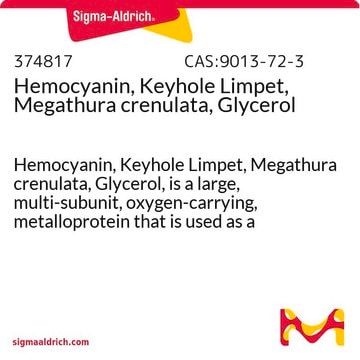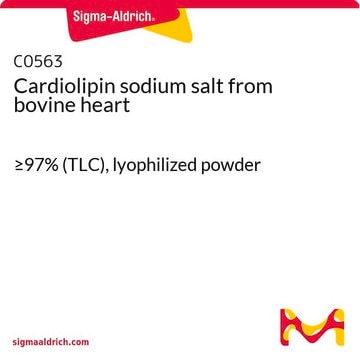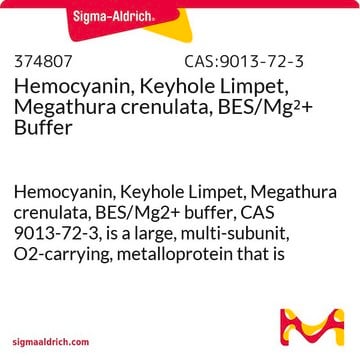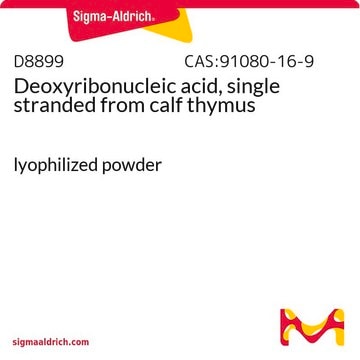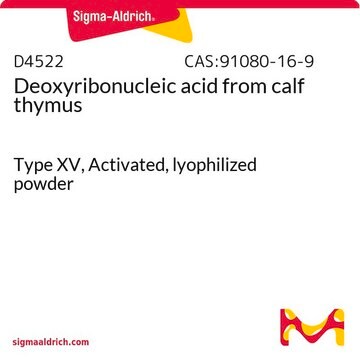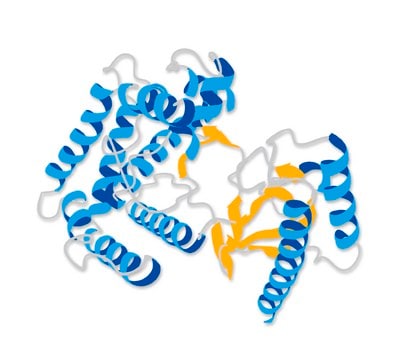As listed in the 'DESCRIPTION' section of the Product Detail Page, this product is a solution in PBS, pH 7.2, containing 1 mM CaCl2 and 0.5 mM MgCl2 with 15 mM sodium azide as a preservative. Unfortunately, this product is not tested for contaminants.
H8283
Hemocyanin from Megathura crenulata (keyhole limpet)
PBS solution
Sinonimo/i:
KLH, Keyhole limpet hemocyanin
Scegli un formato
Scegli un formato
About This Item
Prodotti consigliati
Origine biologica
Megathura crenulata
Livello qualitativo
Stato
PBS solution
Concentrazione
3.0-7.0 mg/mL protein (A280)
Tenore di rame
0.10-0.30% (based on protein)
tecniche
ELISA: suitable
Temperatura di conservazione
2-8°C
Cerchi prodotti simili? Visita Guida al confronto tra prodotti
Descrizione generale
Applicazioni
Hemocyanin was used to study if antipeptide antibodies specifically recognize the l1 protein of the human papilloma virus of type 31.[2] It was also used to study the acid-induced unfolding of didecameric keyhole limpet hemocyanin. [3]
Stato fisico
Nota sulla preparazione
Codice della classe di stoccaggio
10 - Combustible liquids
Classe di pericolosità dell'acqua (WGK)
WGK 3
Punto d’infiammabilità (°F)
Not applicable
Punto d’infiammabilità (°C)
Not applicable
Scegli una delle versioni più recenti:
Certificati d'analisi (COA)
Non trovi la versione di tuo interesse?
Se hai bisogno di una versione specifica, puoi cercare il certificato tramite il numero di lotto.
Possiedi già questo prodotto?
I documenti relativi ai prodotti acquistati recentemente sono disponibili nell’Archivio dei documenti.
I clienti hanno visto anche
-
Are there any contaminants (for example IgG, IgM) in H8283?
1 answer-
Helpful?
-
Active Filters
Il team dei nostri ricercatori vanta grande esperienza in tutte le aree della ricerca quali Life Science, scienza dei materiali, sintesi chimica, cromatografia, discipline analitiche, ecc..
Contatta l'Assistenza Tecnica.
